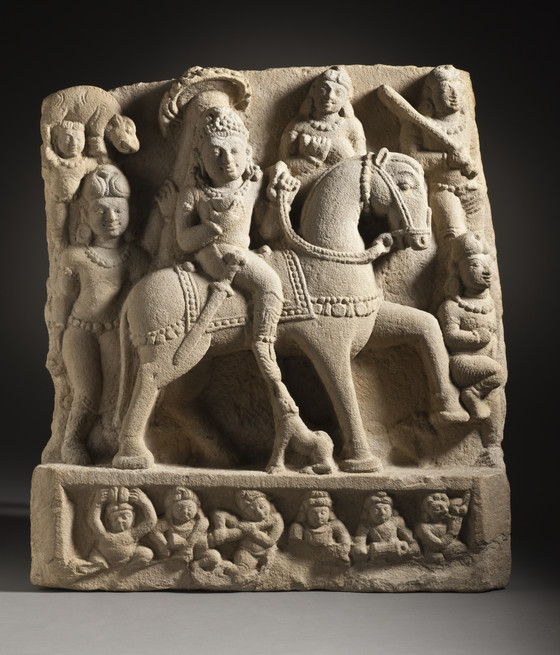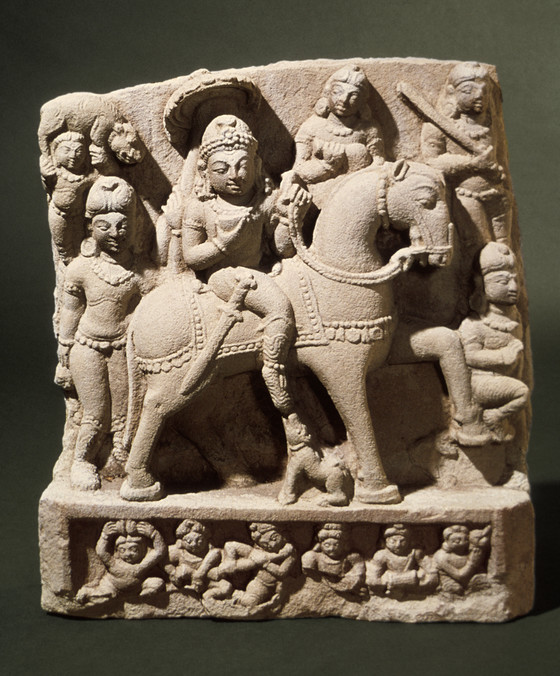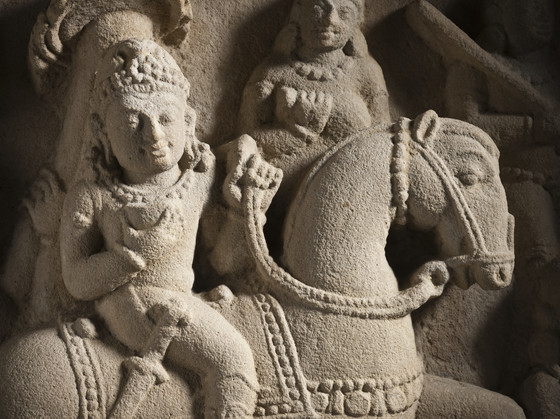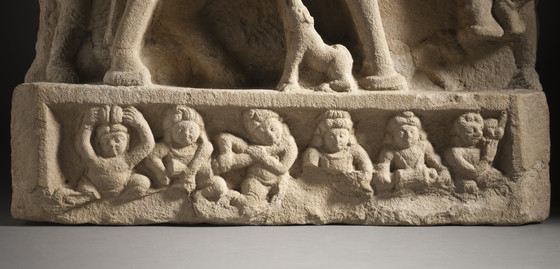The Hindu God Revanta and Companions




Please log in to add this item to your gallery.
View comments
No comments have been posted yet.
Add a comment
Please log in to add comments.
Please log in to add tags.
* Nearly 20,000 images of artworks the museum believes to be in the public domain are available to download on this site.
Other images may be protected by copyright and other intellectual property rights.
By using any of these images you agree to LACMA's Terms of Use.
The Hindu God Revanta and Companions
India, Uttar Pradesh, Sarnath region, early 7th century
Sculpture
Pale cream sandstone
23 x 20 in. (58.42 x 50.8 cm)
Gift of Mr. and Mrs. Harry Lenart (M.73.87.1)
Not currently on public view


